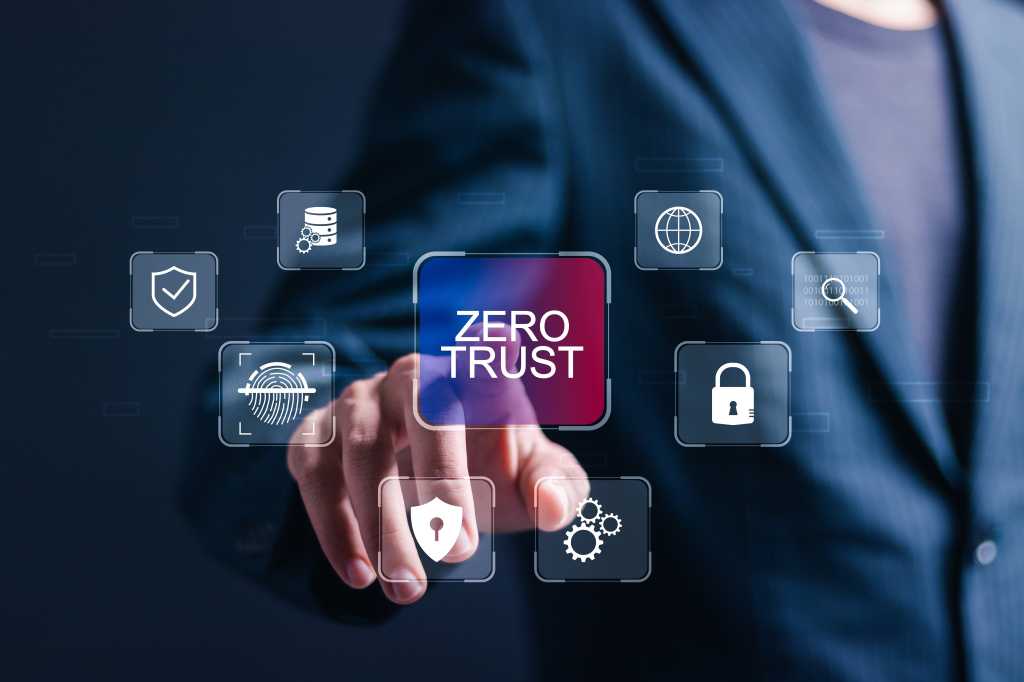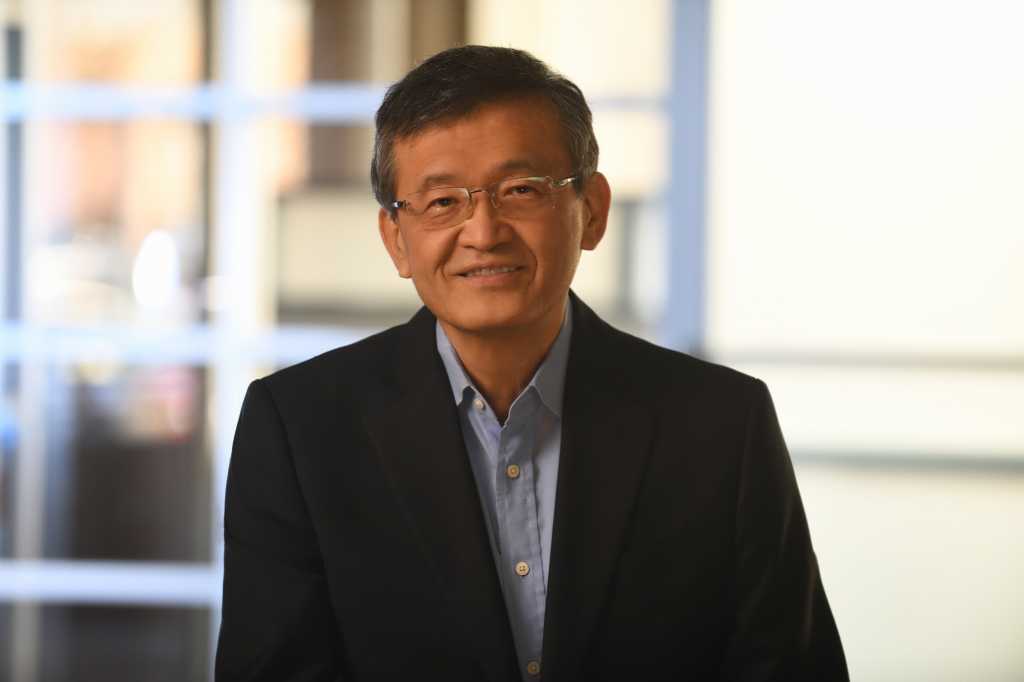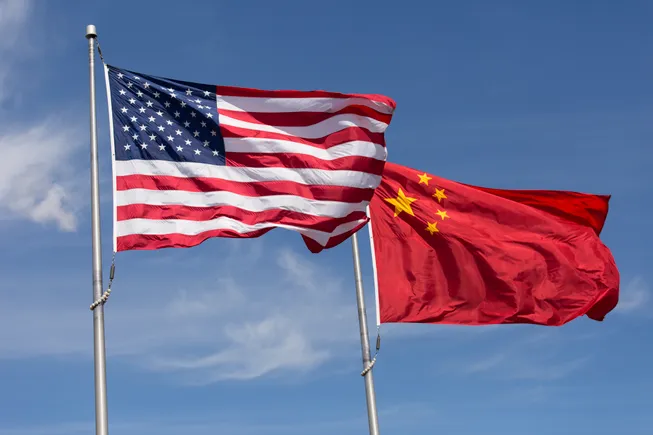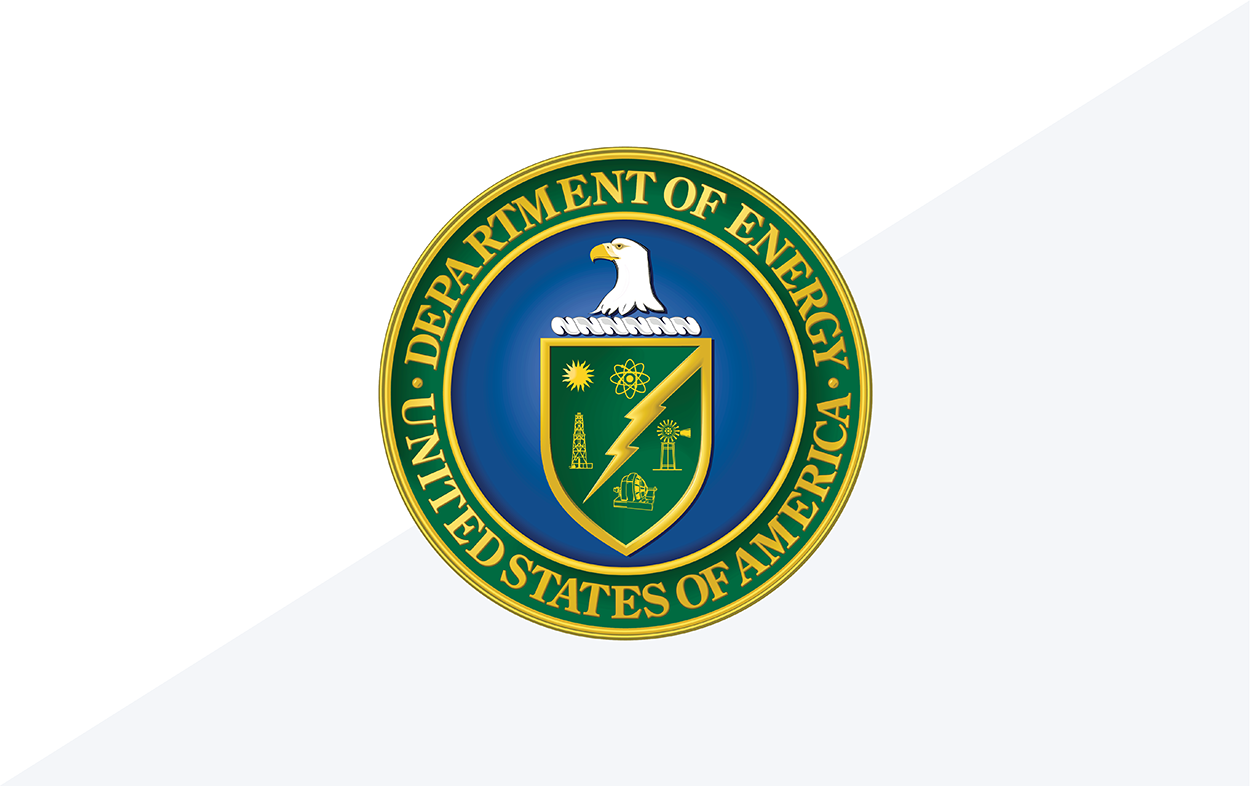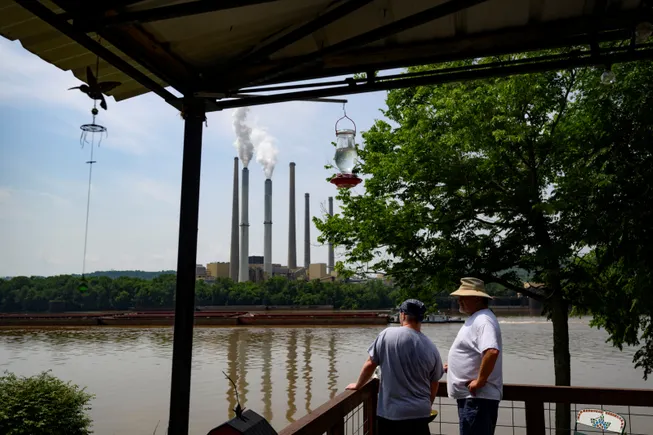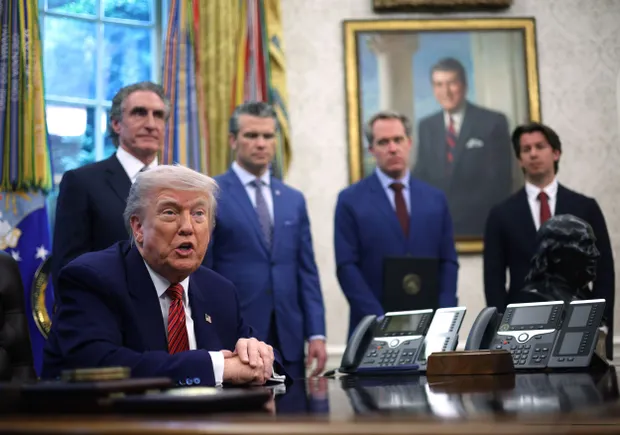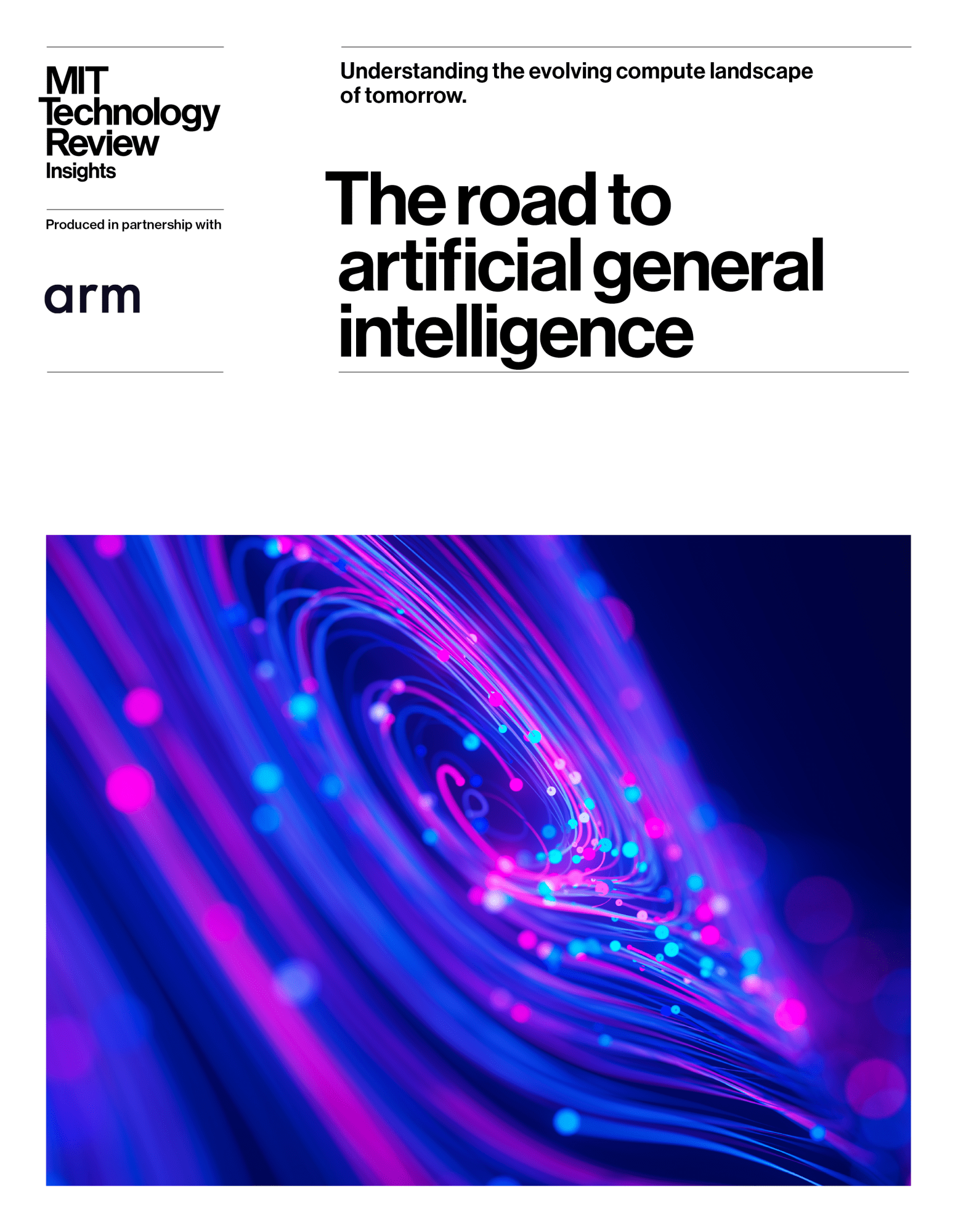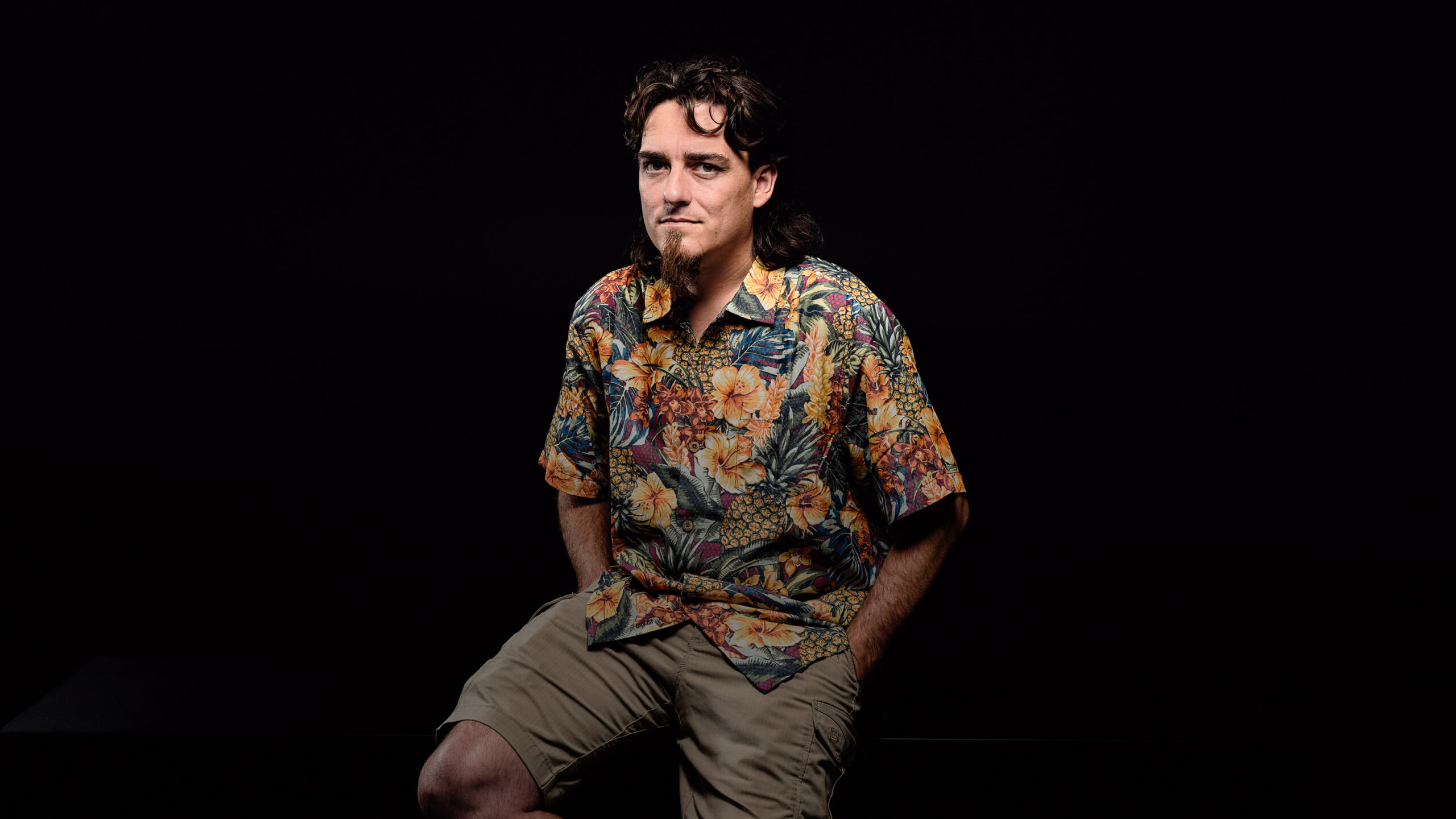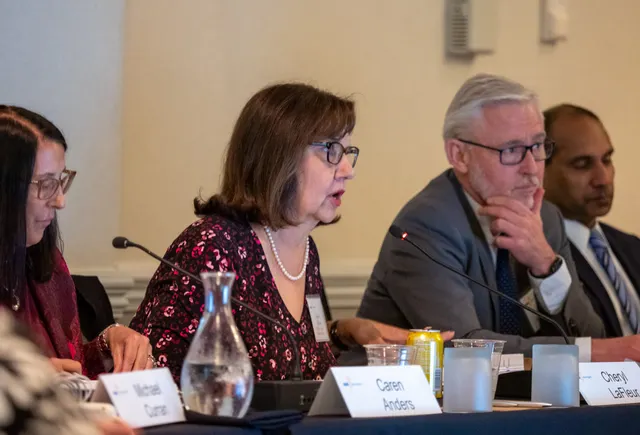
Mireille Bejjani is co-executive director of Slingshot and facilitator of the Fix the Grid Campaign. Steven Botkin is a volunteer with Fix the Grid and No Coal No Gas.
ISO New England recently announced that Gordon van Welie, its longtime CEO, would be stepping down, to be replaced by Dr. Vamsi Chadalavada, the current chief operating officer. Mr. van Welie’s departure after 25 years marks the end of an era, as he has directed the ISO almost from its inception in 1997.
The timing of this leadership change couldn’t be more important. The climate crisis is driving a transition from fossil fuels to renewable energy, and public interest in the electric power grid has increased dramatically with programs such as net metering, demand response and community aggregation. Thus, new leadership at ISO New England must create opportunities to embrace new approaches to governance that reflect these emerging realities.
No longer hidden
Until very recently, public awareness of independent system operators and regional transmission organizations has been virtually nonexistent. For years, grid operators, particularly ISO New England, were able to operate in the shadows with little accountability for their decision-making. However, as evidence of the climate crisis becomes increasingly apparent, the public has become more interested in how the ISO resists and delays the transition from fossil fuels to clean energy. To that end, clean energy and grid advocates from across New England have been calling on ISO New England to facilitate a rapid and just transition to renewable energy, and to see the public as valued stakeholders in planning for the future of the grid.
At the same time, New England state senators and governors, as well as the New England States Committee on Electricity, sent letters and reports to van Welie calling for critical changes to ISO New England’s regional energy system, including its governance.
Progress so far
Under van Welie’s leadership, ISO New England has slowly responded to this pressure — gradually opening its doors to more public engagement and acknowledging the role clean energy plays in the next stage of our electric power grid.
For the first time, ISO New England’s Consumer Liaison Group, which was created to be a conduit between ISO New England and electricity consumers in New England, is now made up of a majority of residential consumers, rather than large industrial entities. The so-called “ballroom coup” transformed the quarterly meetings from industry insider gatherings to dynamic programs for substantive engagement between ISO officials and community members.
After years of advocacy, ISO New England has also hired a policy advisor for community and environmental affairs and increased its explanatory documents, some of which are now available in Spanish. One ISO board meeting each year is now open to public attendance. Additionally, the new ISO vision statement recognizes that the region is transitioning to clean energy and the grid operator is shifting to a seasonal capacity market design that will better account for the dynamic contributions of clean energy.
The opportunities of leadership change
While progress is being made, significantly more is needed. Indeed, a recent scorecard of ISO governance gave ISO New England an F — the lowest grade among seven other national grid operators — with the ISO performing particularly poorly in accessibility and accountability.
We are in the early stages of a dramatic transformation of our electric power grid. Demand will be skyrocketing. Energy production and management will continue to undergo radical decentralization, and generation sources will diversify. To continue serving its vital role in our region, our regional grid operator must engage the public not only as consumers but also as producers, distributors and conservers. Governance practices must take into account this new relationship with the public.
As Dr. Chadalavada takes the helm, we are hopeful that he will work collaboratively with advocates to guide ISO New England into a new era of governance that actively engages with the communities it serves as vital stakeholders in the grid of the future. Some of these steps are readily achievable in the near term: opening all board meetings to the public, a practice already happening at other grid operators; organizing opportunities for public input on the continued development of the community affairs program; and expanding its engagement with the Consumer Liaison Group by committing to having ISO New England board meeting attendance at these meetings and welcoming the Consumer Liaison Group’s input in the Annual Work Plan.
In the longer term, Dr. Chadalavada must start a process to consider how broader structural reforms to ISO New England and NEPOOL could better facilitate public input and accountability to ISO New England’s six member states. Indeed, the recent FERC-NARUC meeting in Boston — the biggest city in ISO New England’s jurisdiction— on states’ roles in ISOs may be a good starting point.
When Dr. Chadalavada grabs the torch from van Welie in January, he has an opportunity to make his mark by rejecting business as usual and re-shaping the ISO into a more transparent, accountable and accessible entity that fully embraces the clean and affordable energy transition its ratepayers want to see. Let’s hope he rises to the challenge.


